The Great Smokey Mountains, situated between North Carolina and Tennessee, boast of its natural beauty and awesome biodiversity. Let’s dive in and find out which animals call the Great Smoky Mountains home.
American Black Bear
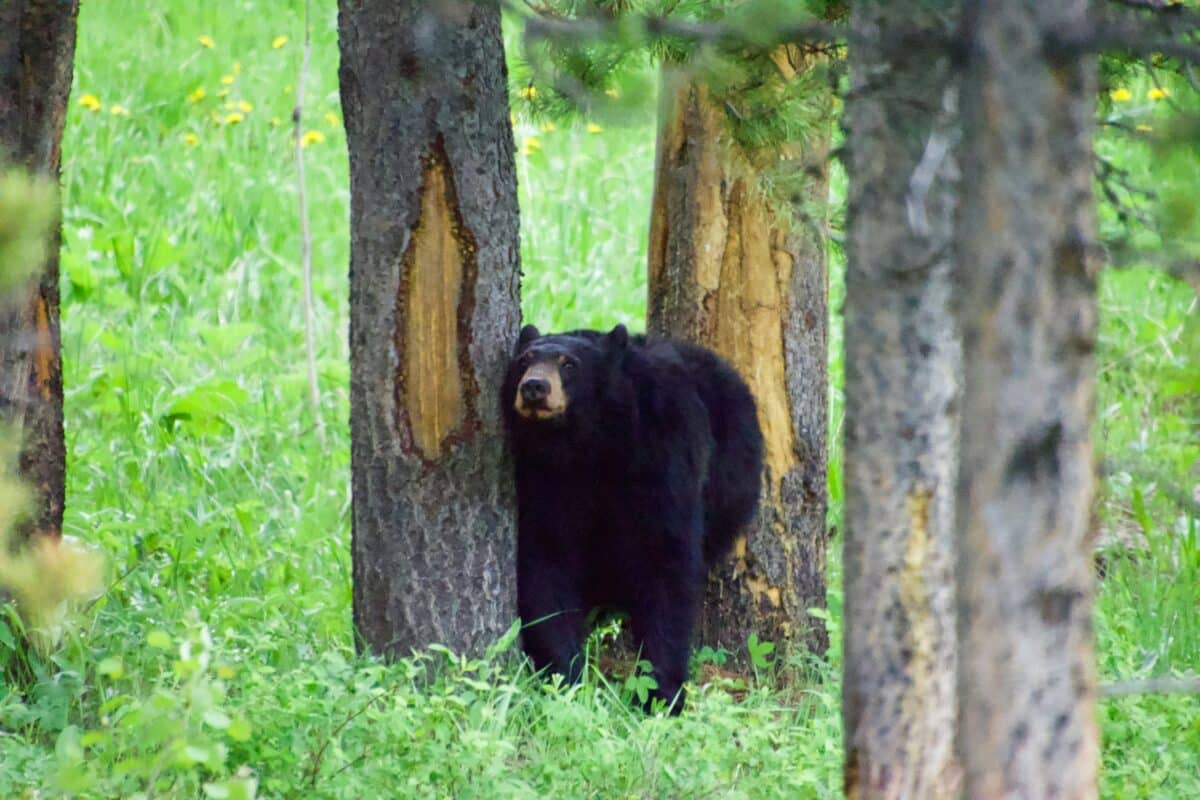
Perhaps the most iconic resident of the park, black bears are a common sight, thriving in the forested regions.
Elk
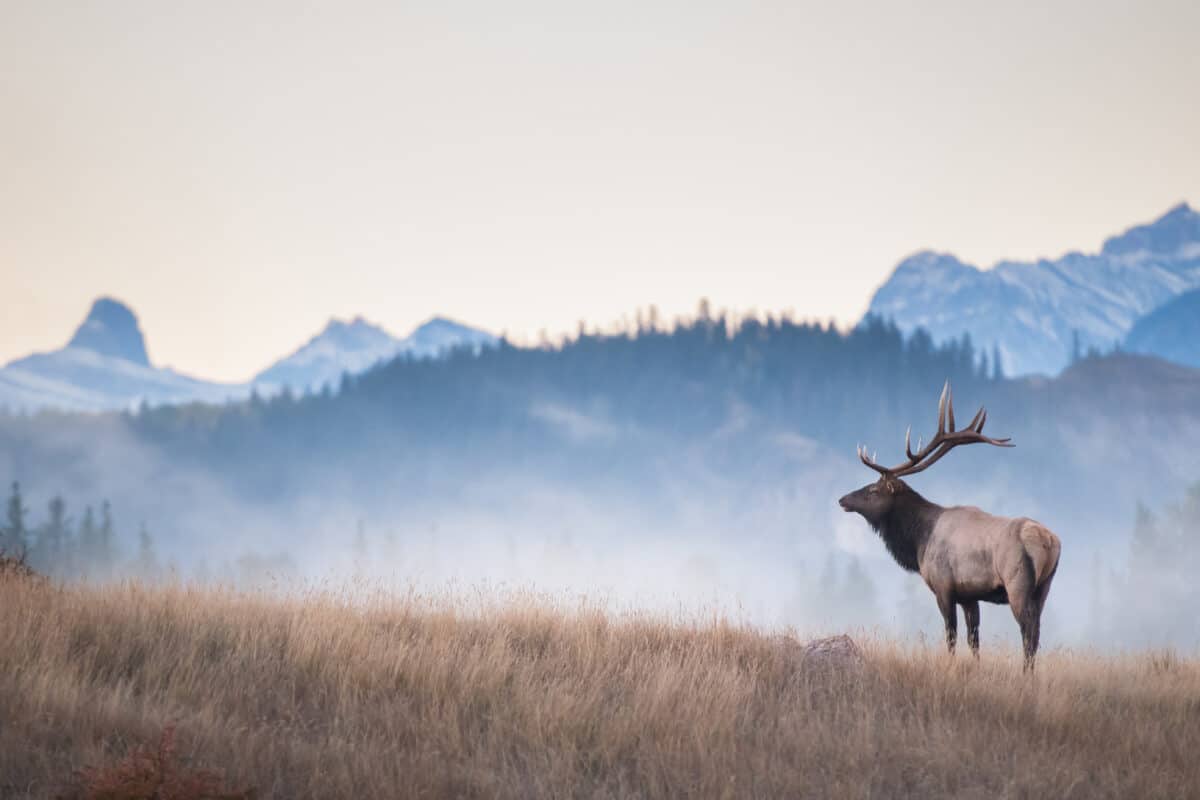
Reintroduced to the park in 2001, elk can now be spotted in the Cataloochee Valley area.
Whitetailed Deer
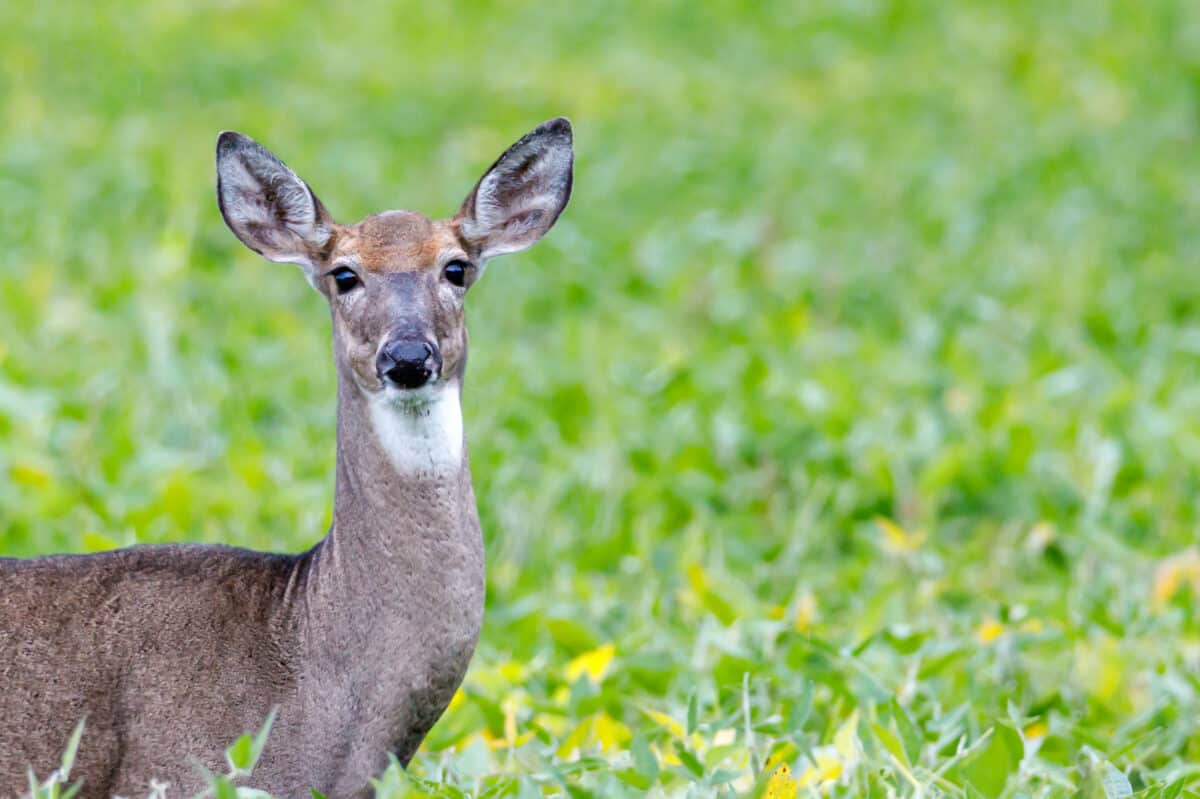
Common throughout the park, they are often seen in open areas and along the roadsides.
Wild Turkey
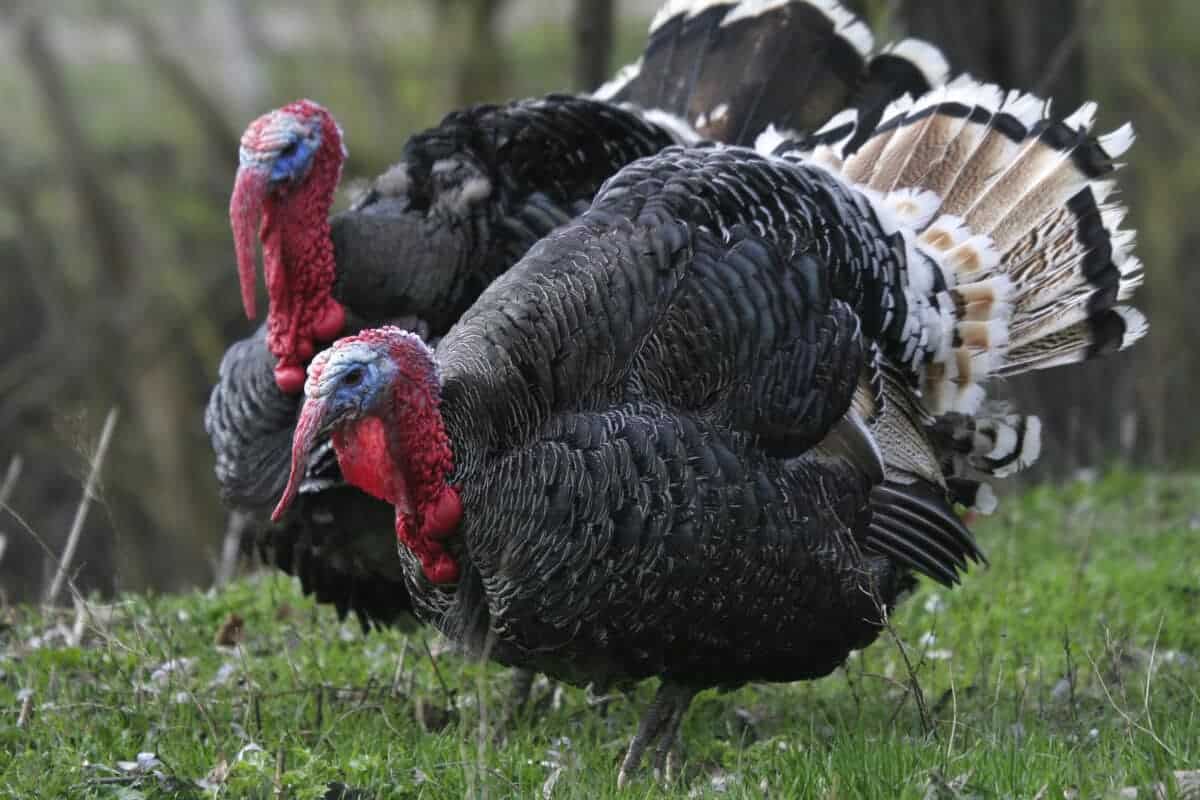
Easily spotted due to their size, wild turkeys are a success story of wildlife management and conservation in the park.
Eastern Gray Squirrel
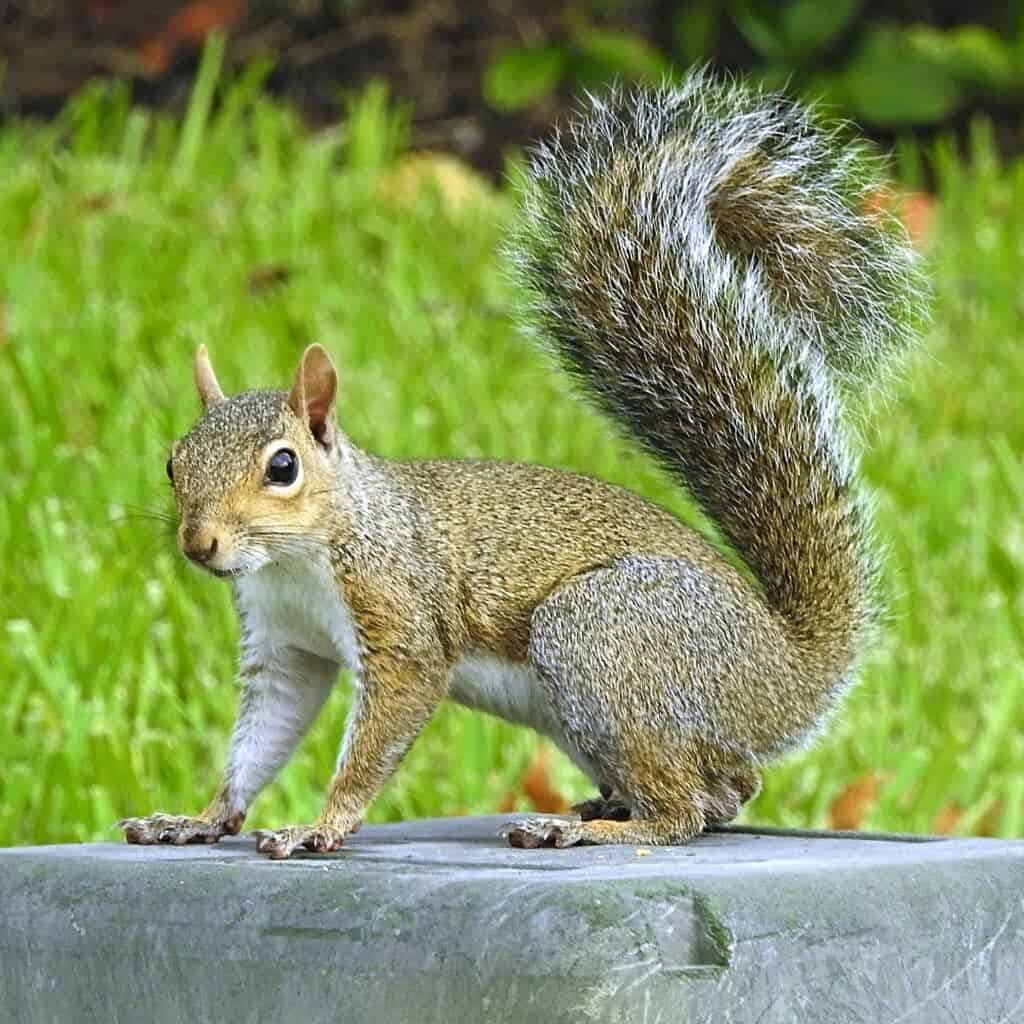
A ubiquitous sight, these squirrels are found in both forested areas and near human habitation within the park.
Pileated Woodpecker
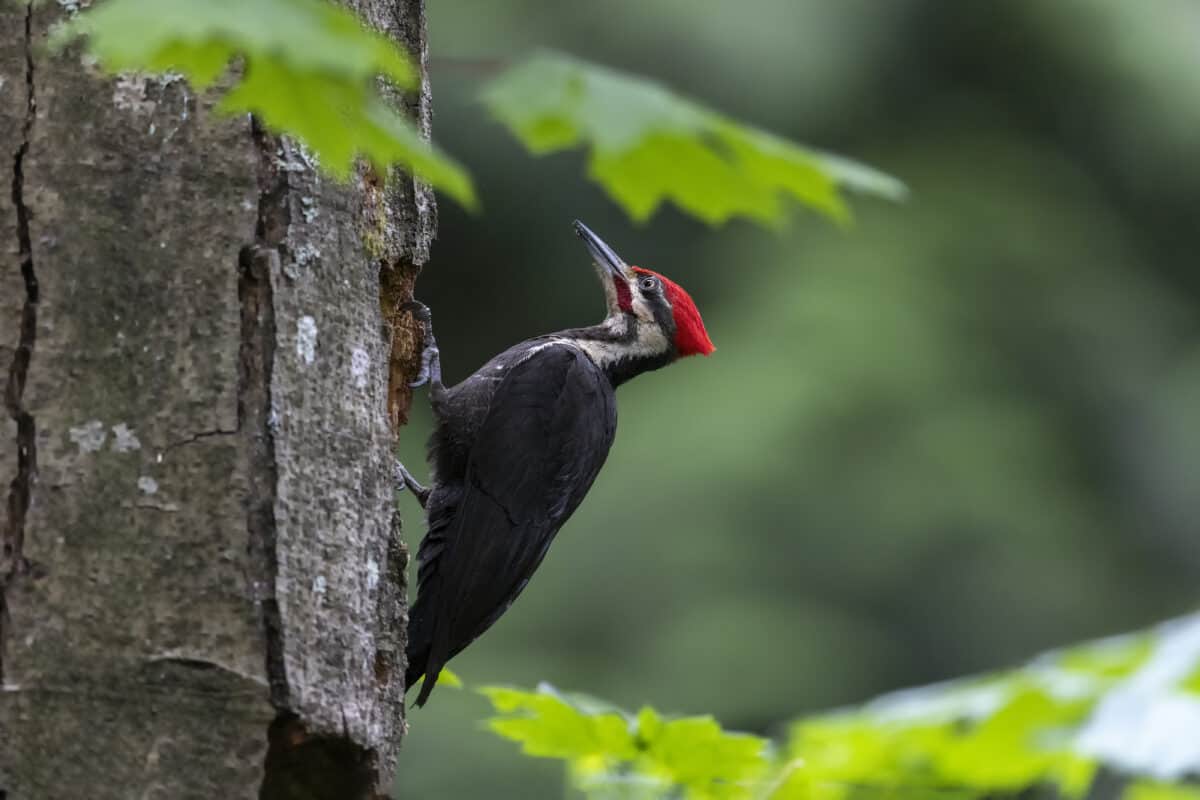
One of the largest woodpecker species, known for their distinctive call and striking appearance.
Red Fox
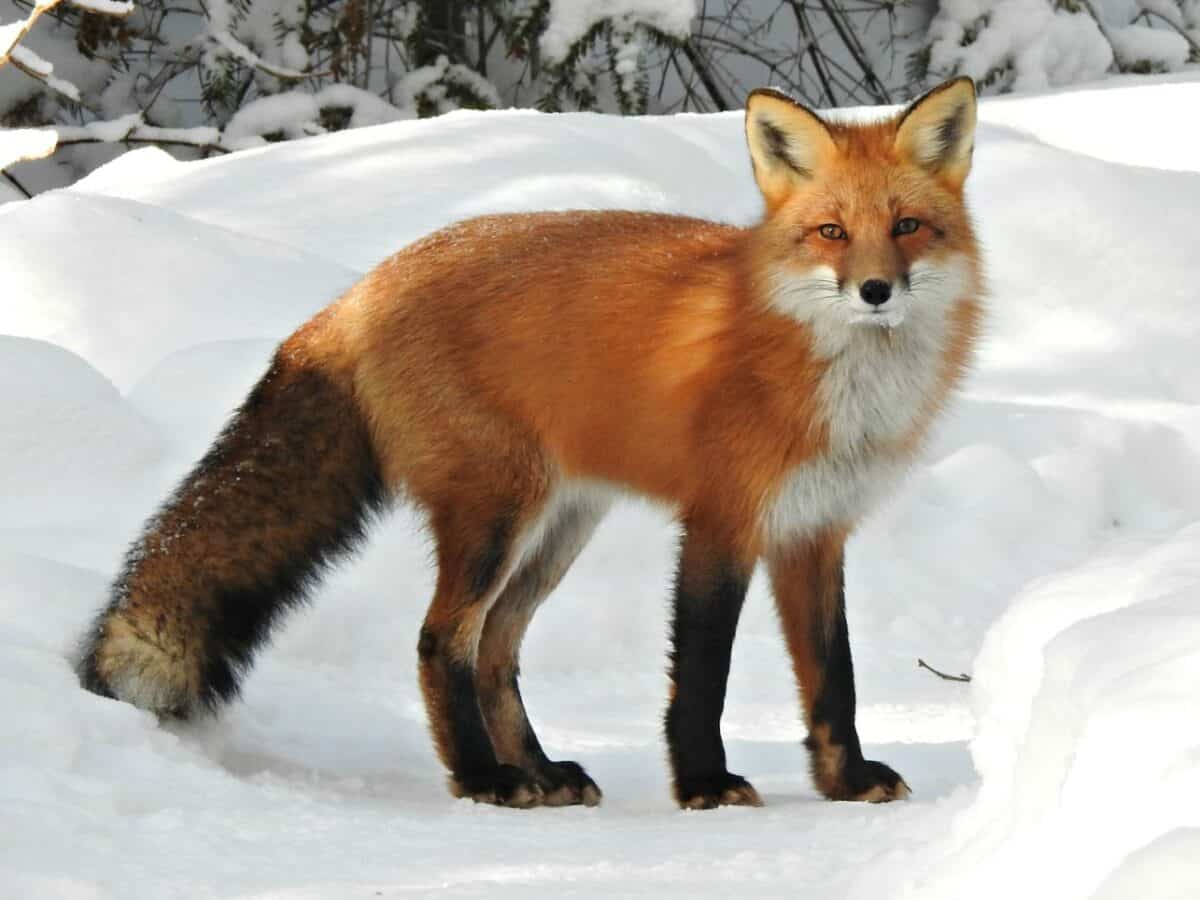
These adaptable foxes are present throughout the park but are more often seen at higher elevations.
River Otter
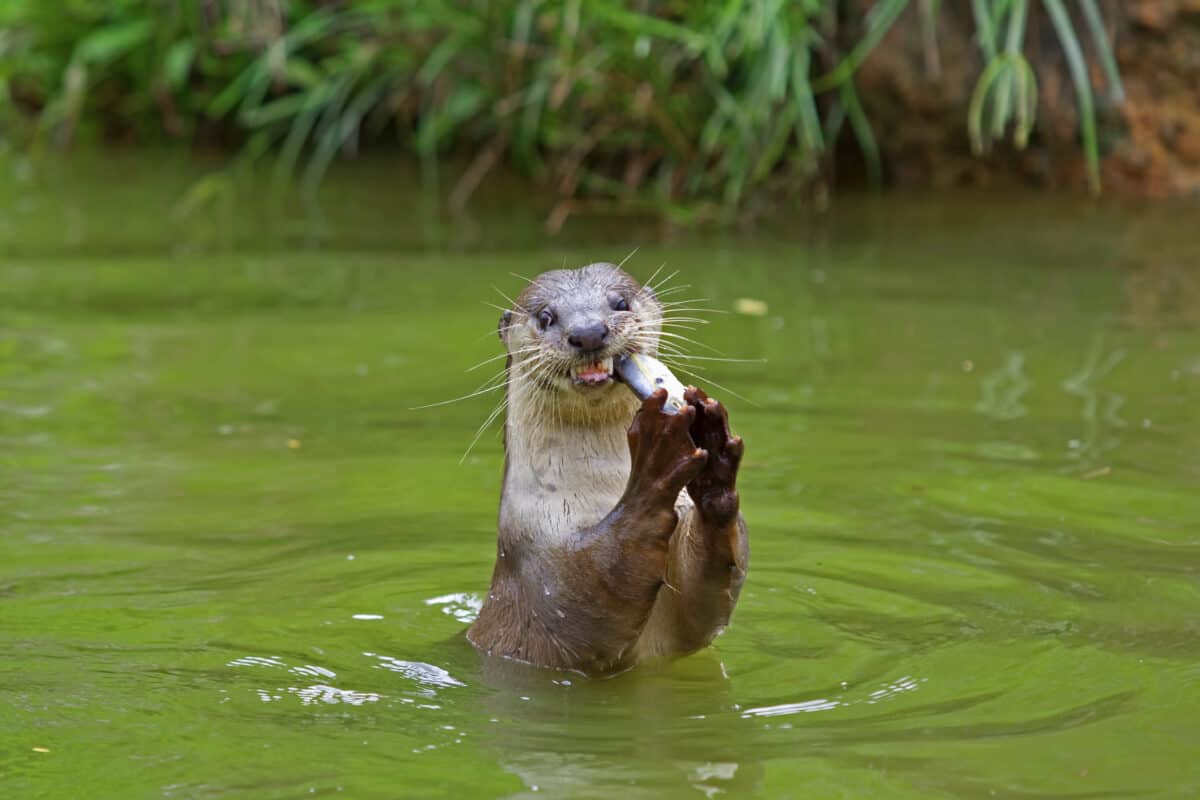
Once nearly extirpated, successful reintroduction efforts in the 1990s have allowed river otters to thrive in the park’s waterways.
Bobcat
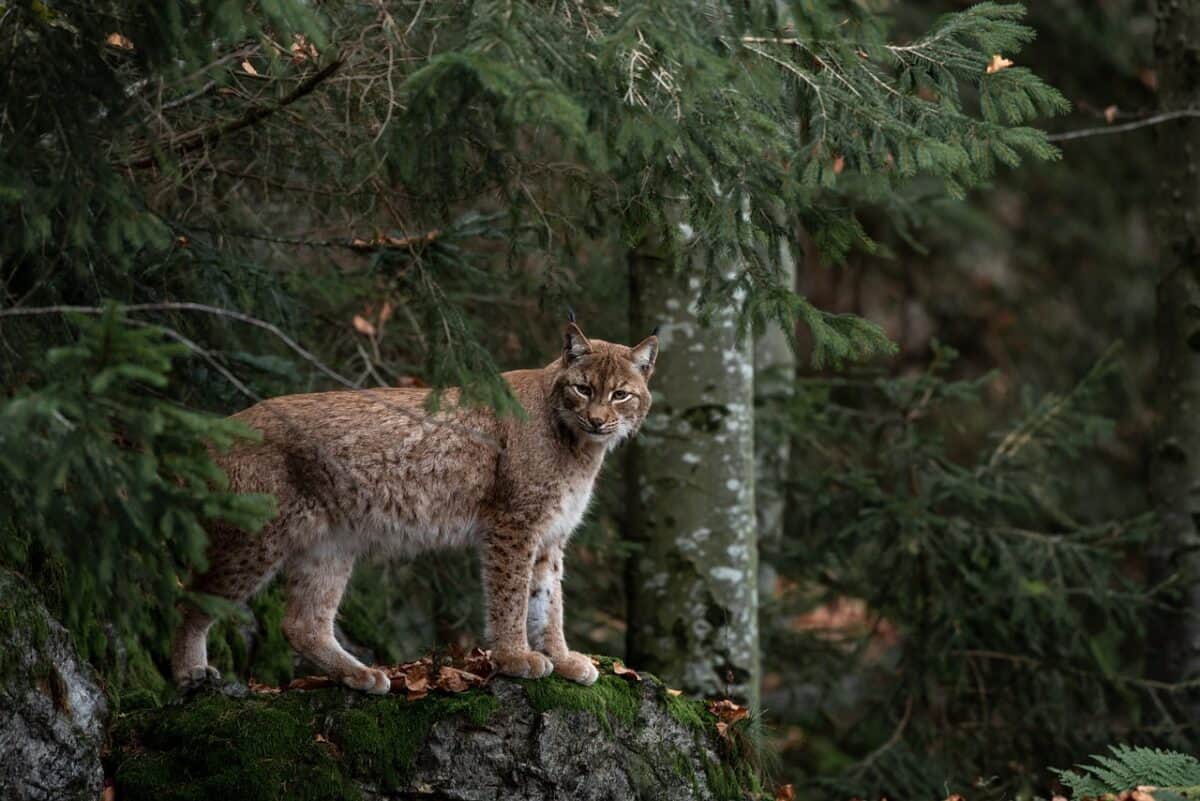
Elusive and primarily nocturnal, bobcats inhabit the more remote areas of the park.
Raccoon
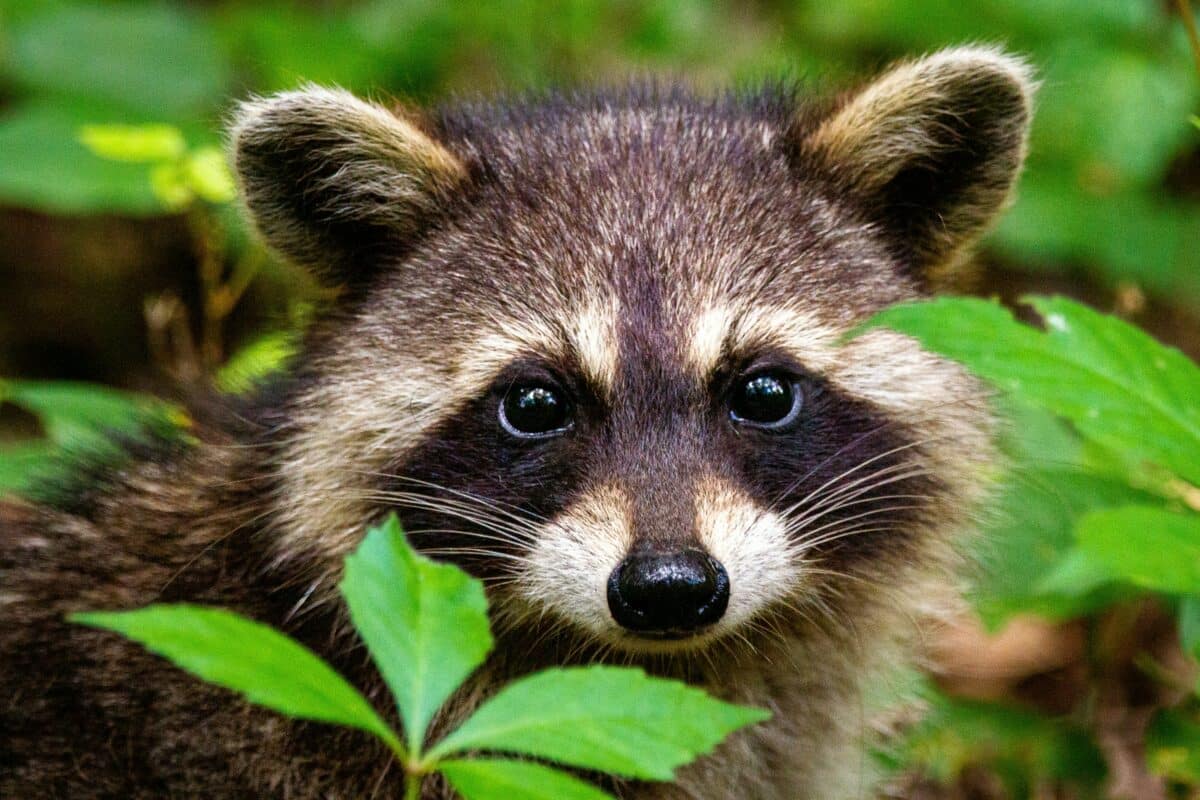
Common across North America, raccoons are also a frequent sight in the park, especially near campsites.
Salamander
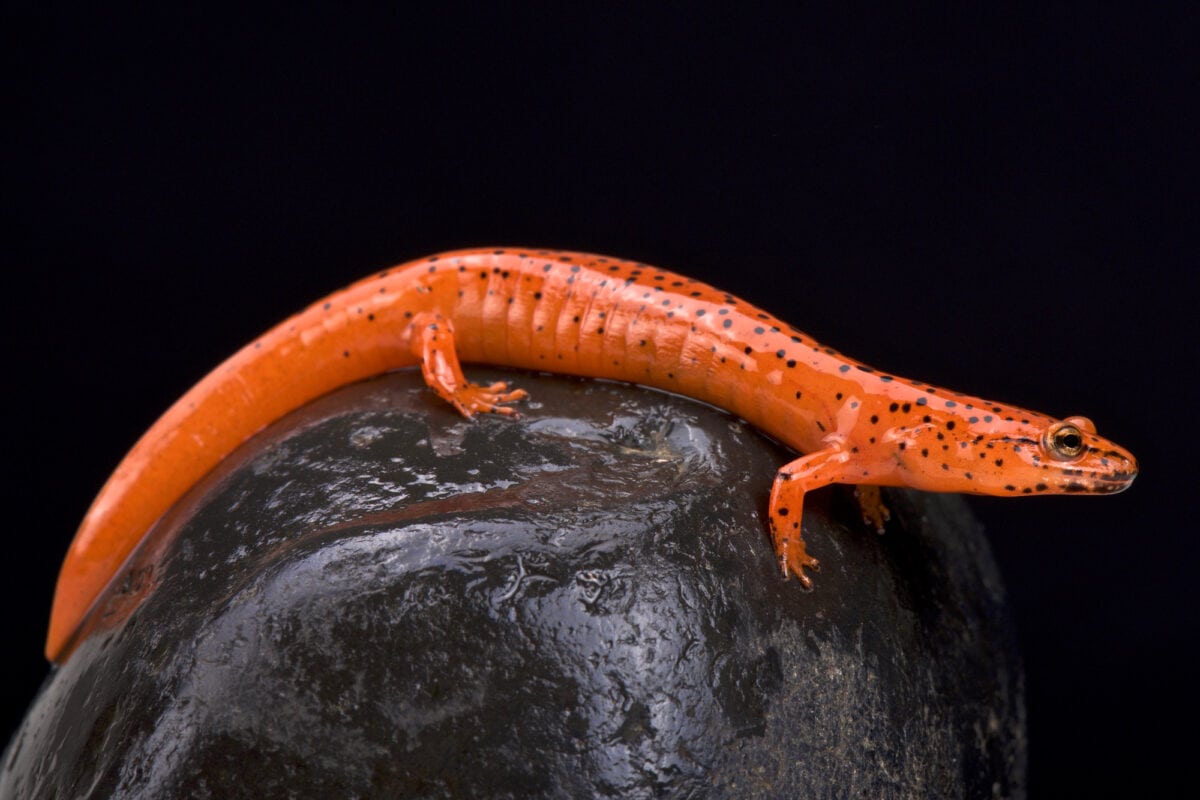
The park is known as the “Salamander Capital of the World” with 30 species, including the Eastern Hellbender.
Eastern ScreechOwl
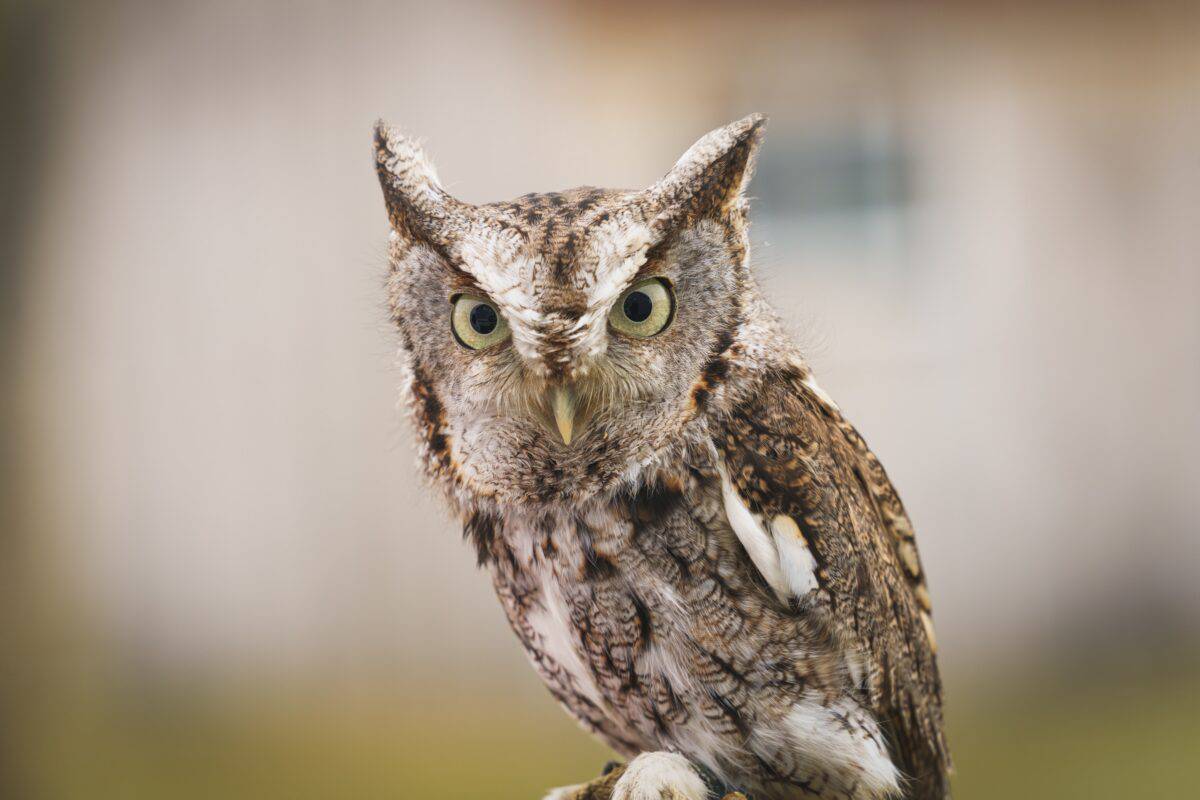
Identified by their trilling calls at night, these small owls are residents of the park’s forests.
Bald Eagle
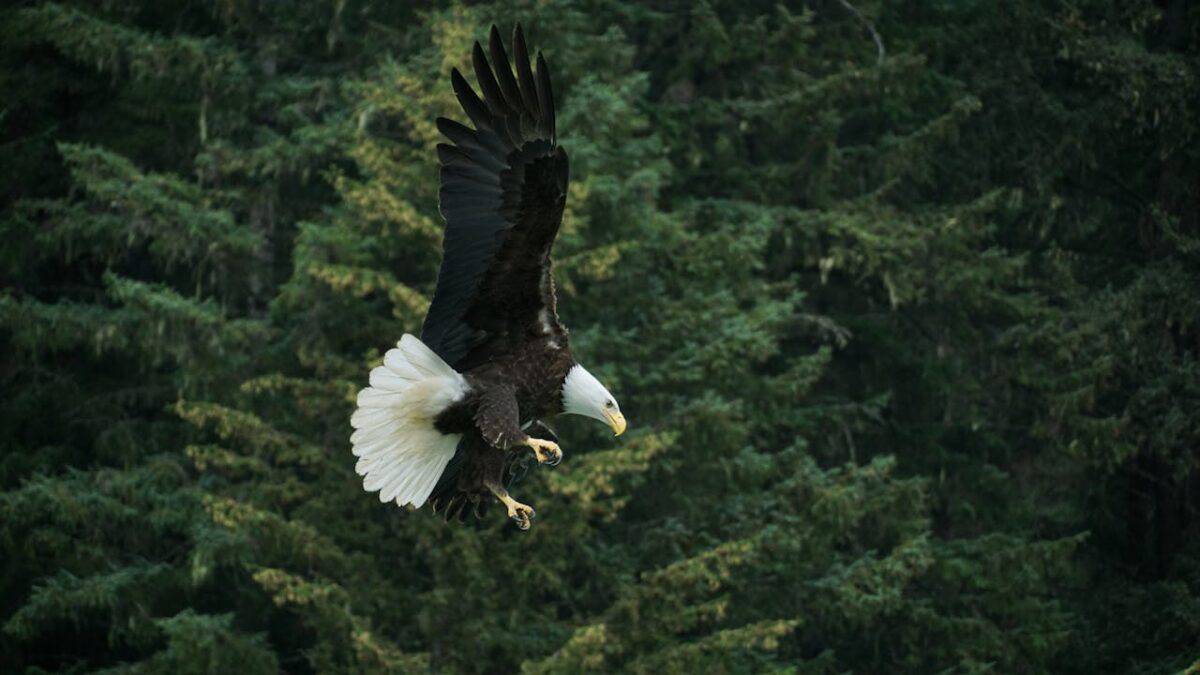
America’s national bird, occasionally seen soaring above the park’s waterways and valleys.
Peregrine Falcon
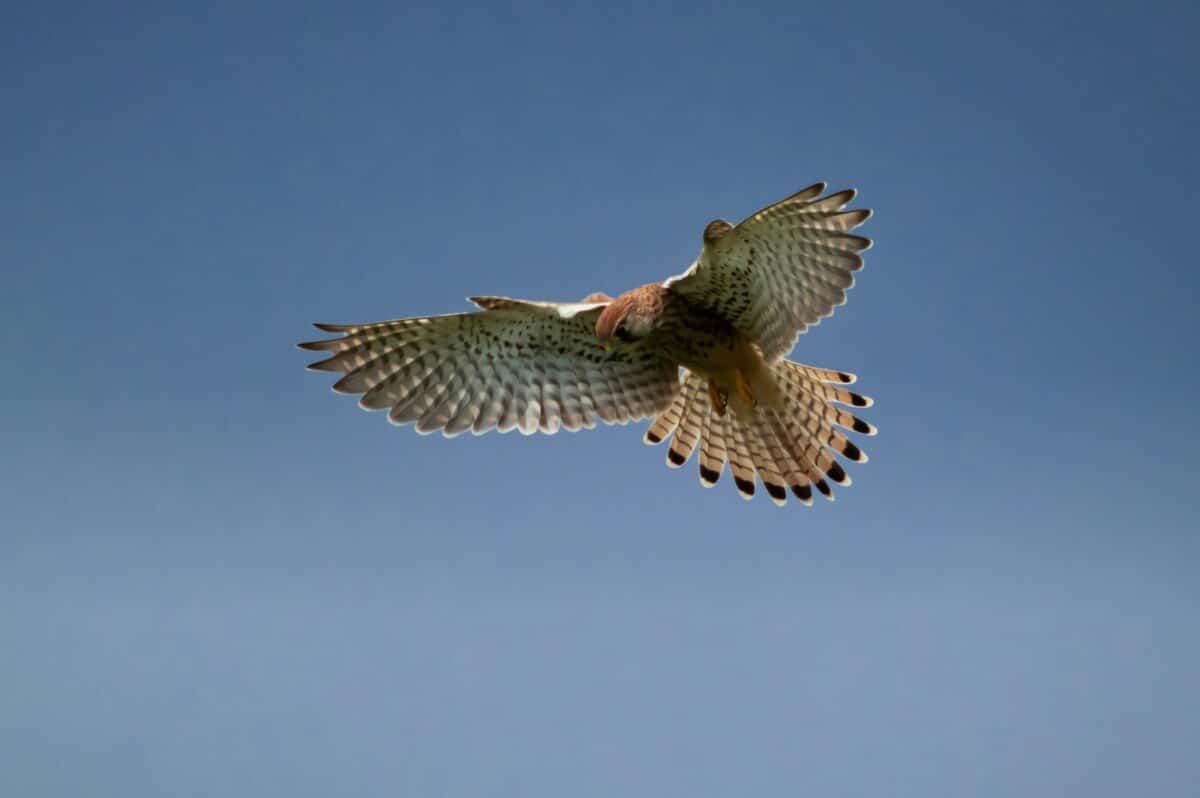
Known for their incredible speed, these birds of prey were reintroduced to the park in the 1980s.
Barred Owl
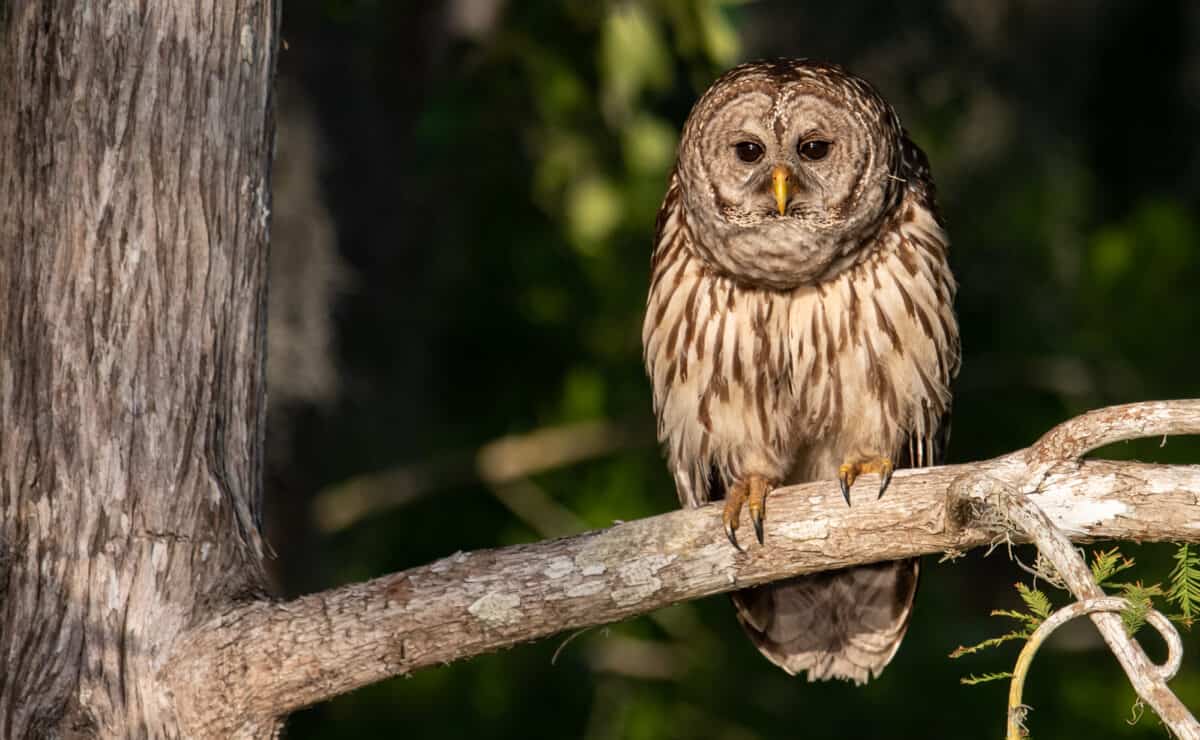
Recognizable by their distinctive “Who cooks for you?” call, they are common in the park’s wooded areas.
Coyote
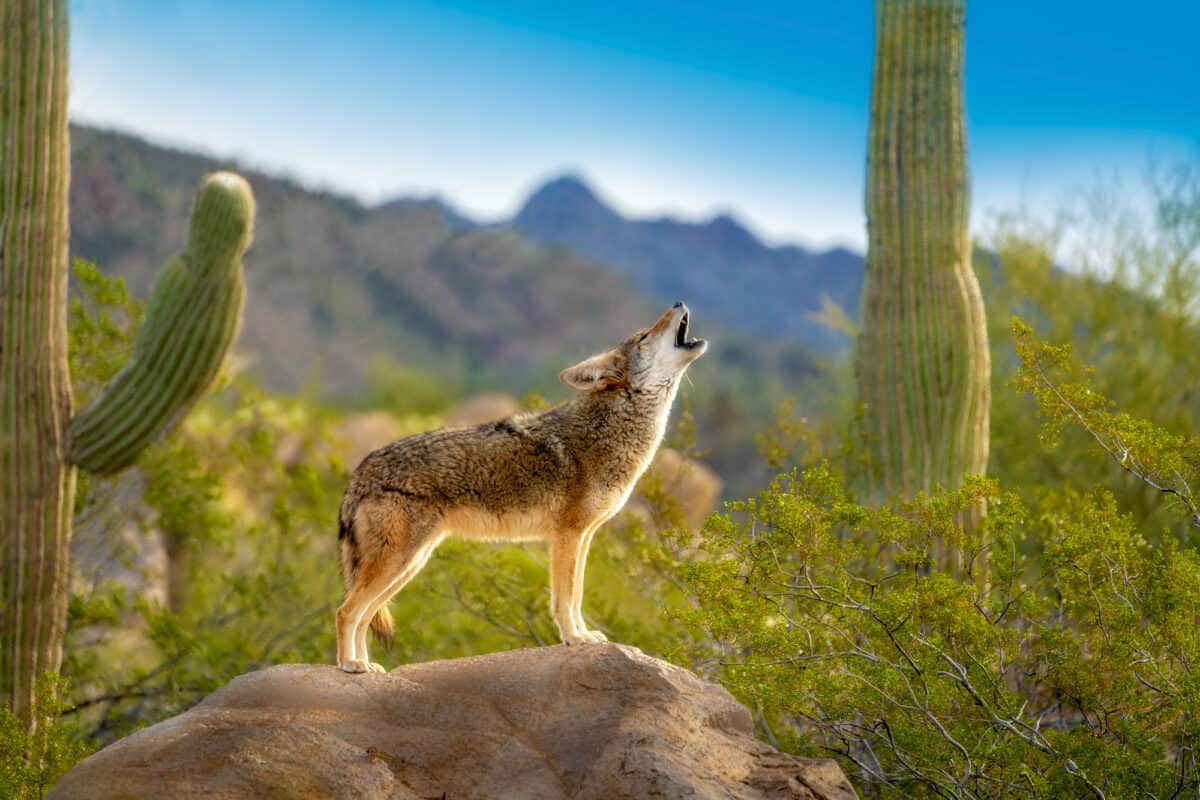
Once absent, coyotes have established themselves in the park over the last few decades.
Eastern Chipmunk
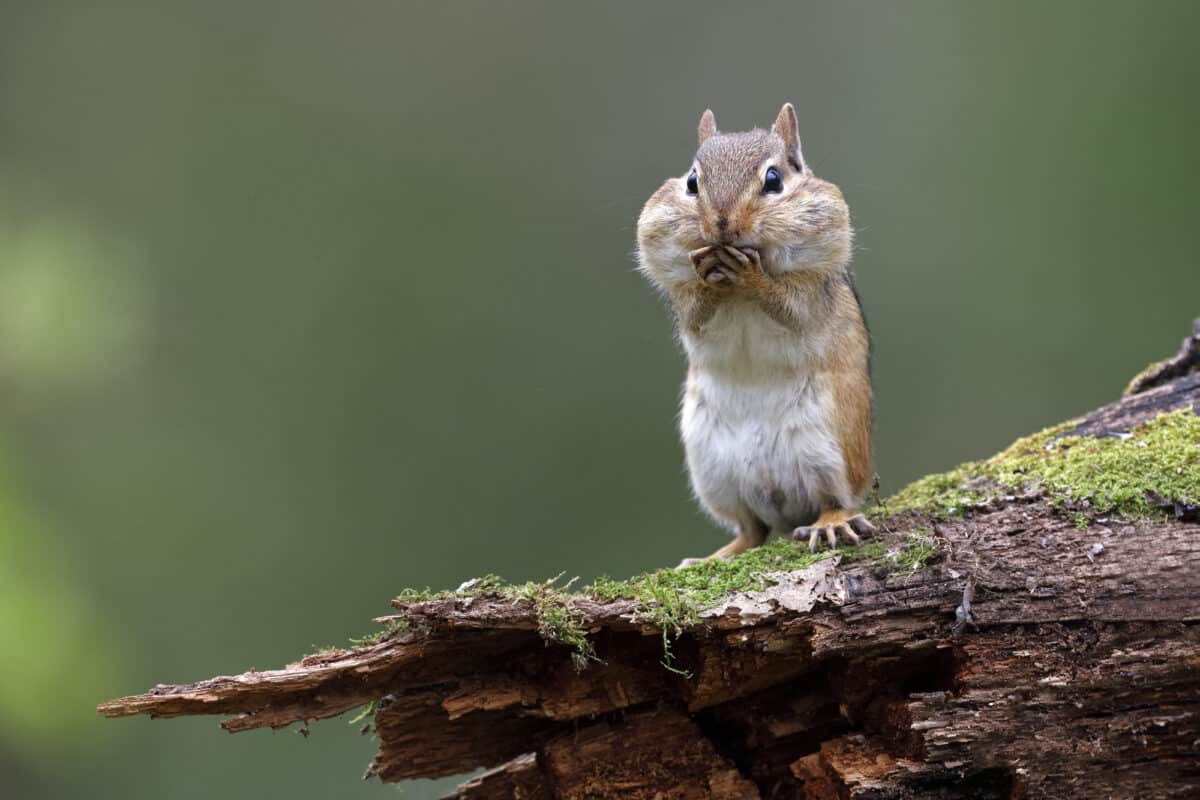
A small, striped rodent often seen scurrying on the forest floor.
Great Blue Heron
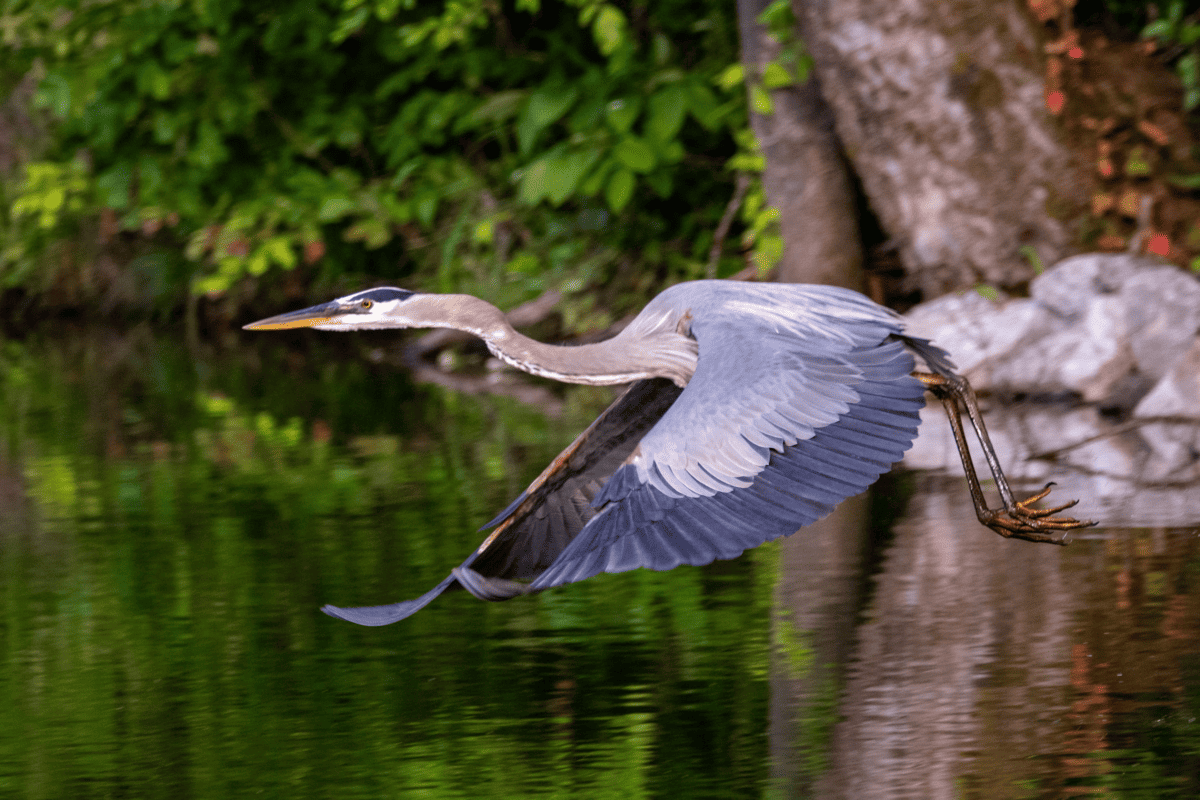
Frequently observed in the park’s rivers and streams, especially where fish are abundant.
Redtailed Hawk
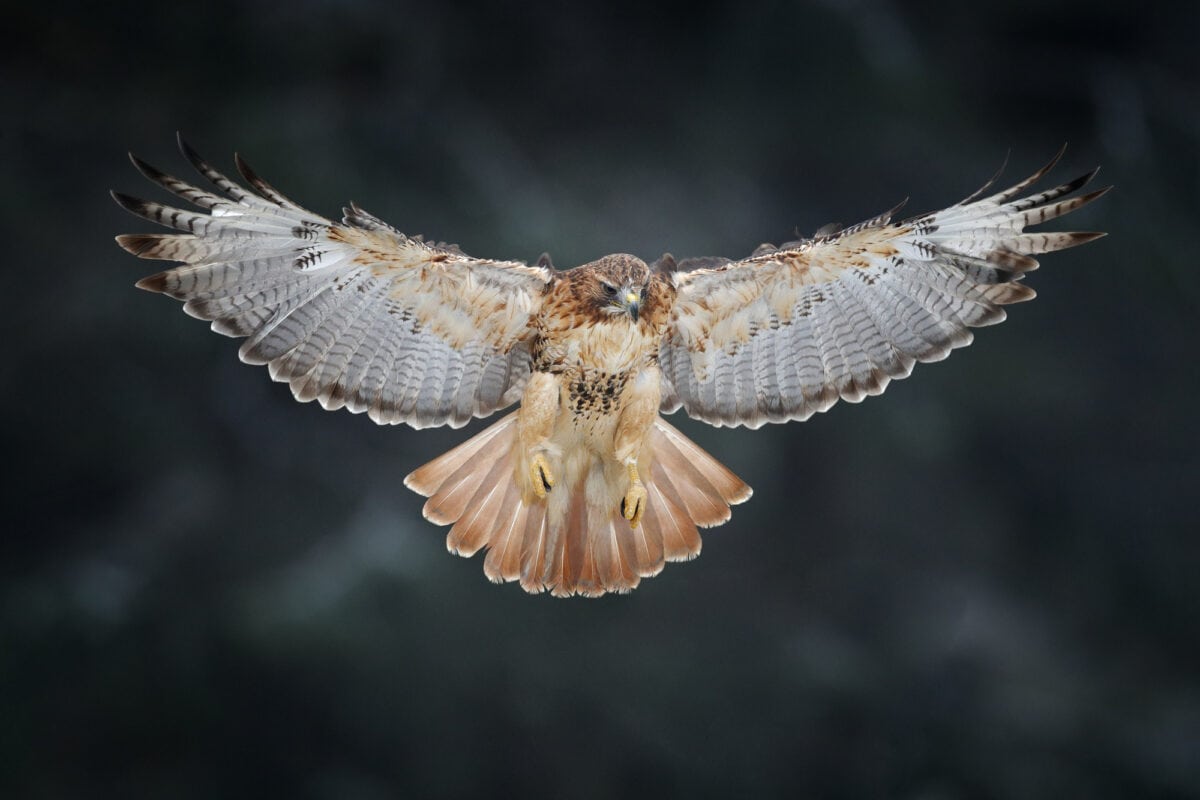
A common bird of prey, often seen circling above open fields and forest clearings.
Garter Snake
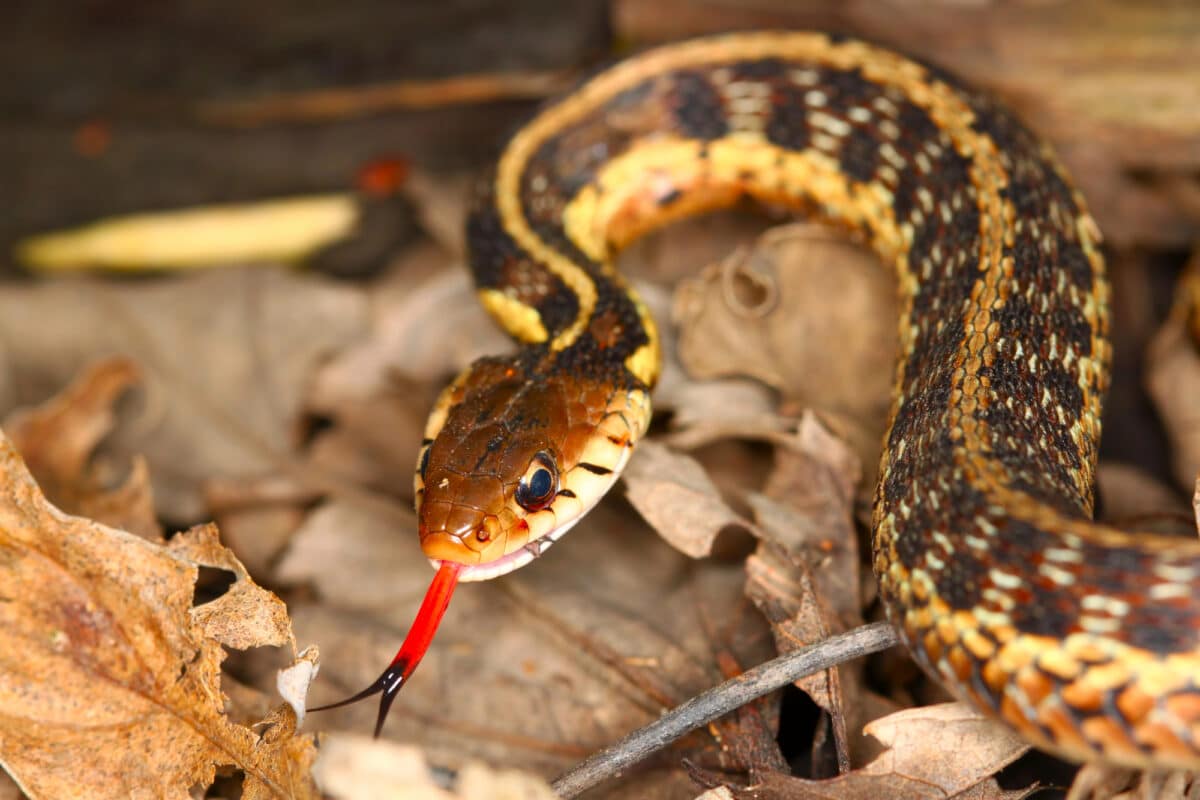
Nonvenomous and harmless to humans, these snakes are common throughout the park.
Bat species
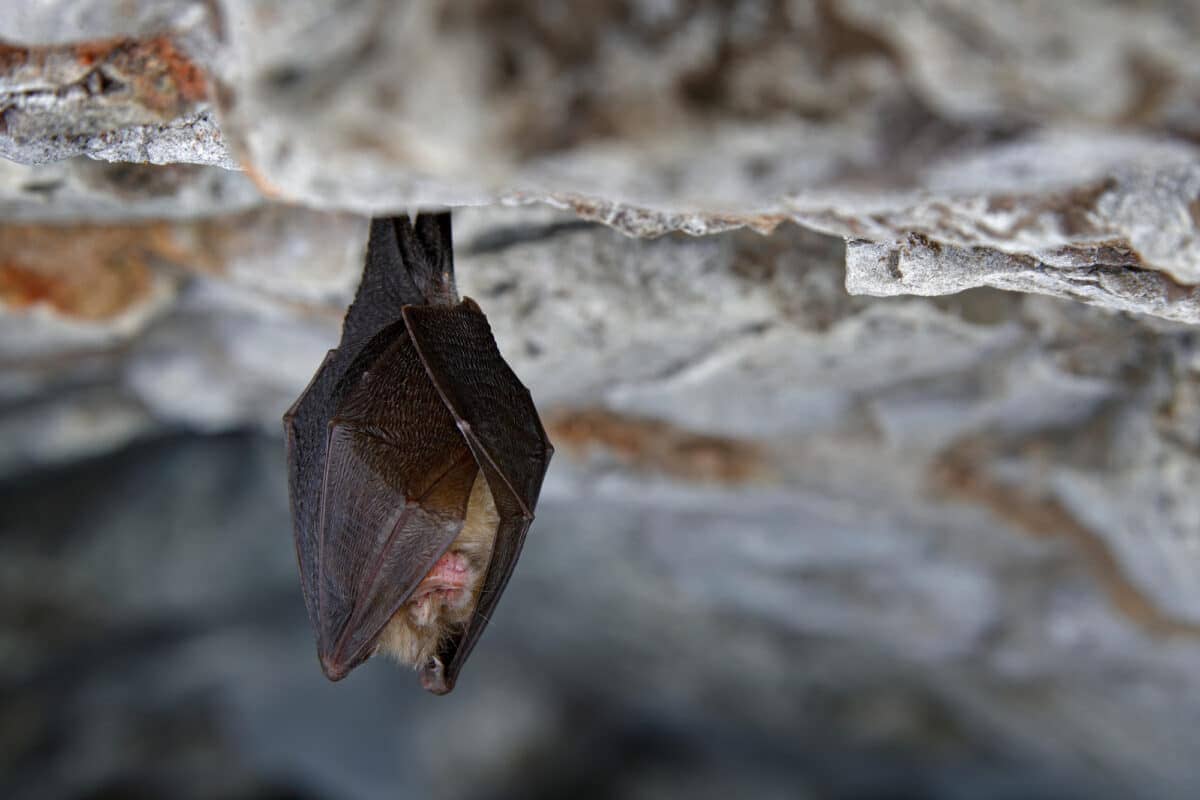
Several species, including the Little Brown Bat, play crucial roles in controlling insect populations within the park.
Conclusion
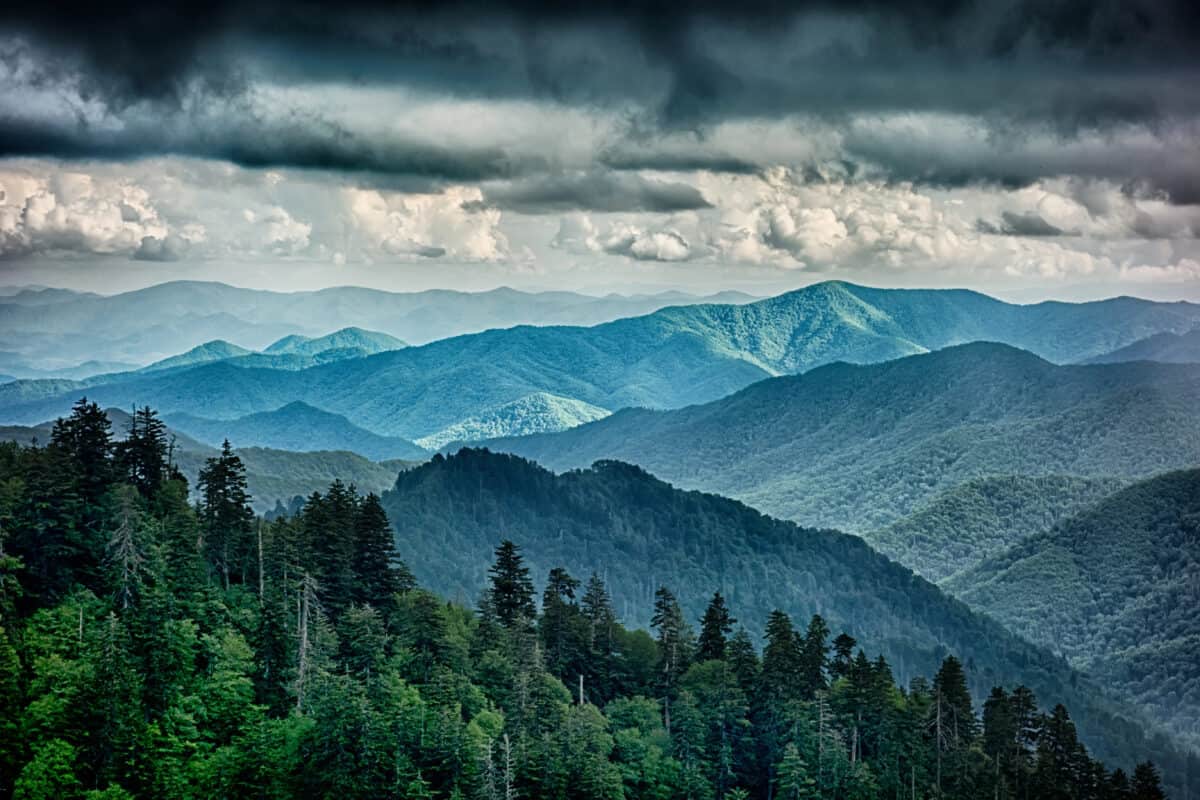
These animals highlight the diverse wildlife that can be found in the great smokies. I hope you enjoyed reading about the animals that call the great Smoky Mountains home. To read more like this, check out the articles below:
- 21 Animals That Call Joshua Tree Home
- The Top 21 Animals That Call Yellowstone National Park Home
- 21 Animals That Call Arches National Park Home
Join our Forum for free today!

- Brown Bear Approaches And Wiggles His Foot - July 22, 2024
- Mountain Biker Has An Extremely Close-up Encounter With a Wild Giraffe - July 22, 2024
- Eagle Flies Into a Moving Car - July 21, 2024

